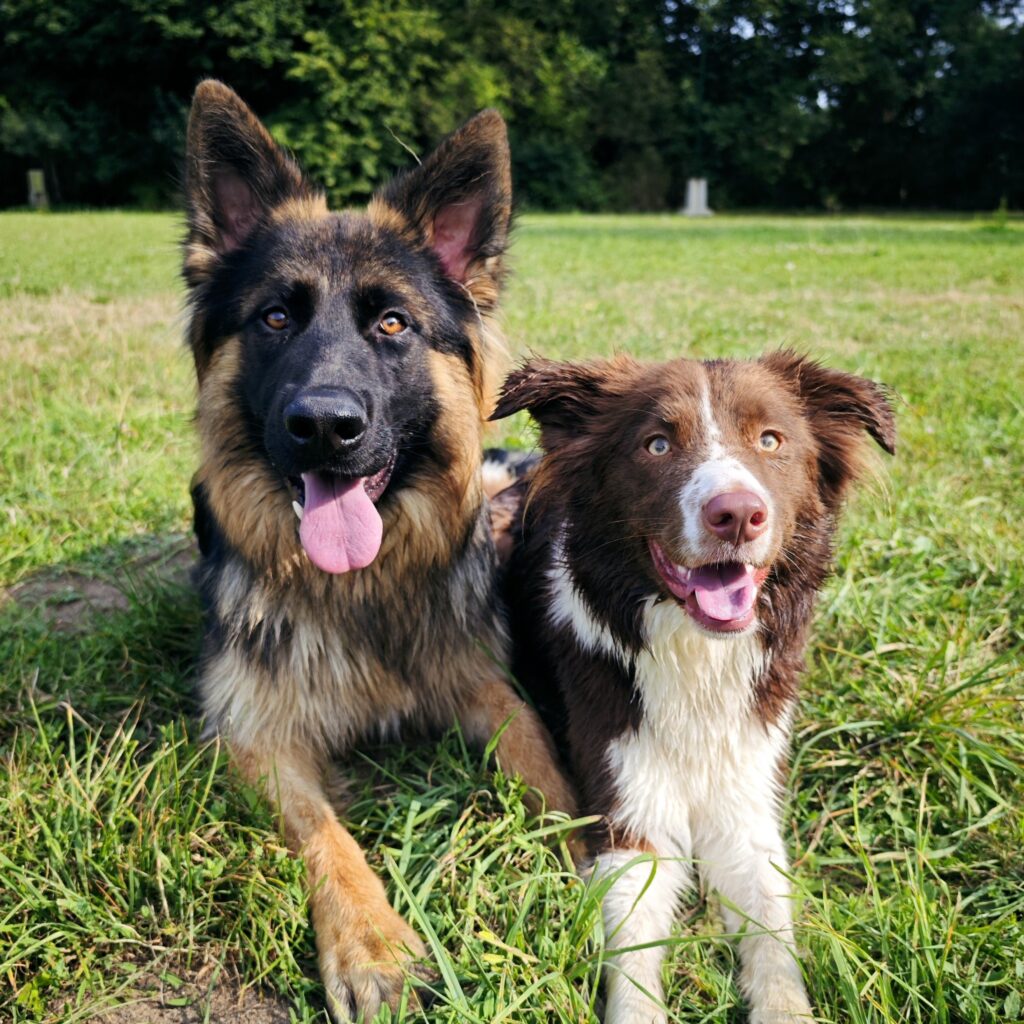Positive training methods for all dogs
ANIMALEAD’s strength lies in the wide range of knowledge and methods we offer. Our role to first find a effective method, so that we can work with the one best suited to your dog, which will enable us to achieve real results over the training sessions.
Once we’ve found the right method and achieved results, our goal is to train you so that you, in turn, have the keys to train your dog independently. You’ll then be able to develop a close relationship with your four-legged friend.


Canine ethology
Our training methods are based on the analysis of canine behavior. We are at first canine behaviorists!
You’ll be trained to understand how dogs function and communicate, to read their body language and gestures, and to understand their emotions and reactions.
You’ll understand the main principles of canine language and be able to explain all your dog’s behaviors.
The laws of learning
To teach or correct your dog’s behavior, the first step is to determine the source of the problem.
An initial meeting is carried out with you during our first appointment, to enable us to understand precisely the causes and explain the consequences of the problems encountered.
We can then draw up an action plan tailored to your dog’s problems and your objectives.


A customized program
Once we’ve identified the work to be done, we’ll draw up a customized session plan for you and your dog.
Sessions can take place in a variety of locations, depending on the problems encountered (home, park, city…).
A session rhythm offering several choices:
- One session a week, giving you time to work on the exercises you’ve learned with your dog to achieve your goals over the long term. An ideal program for busy schedules!
- An intensive course with sessions every day for 5 days to achieve your goals. Ideal for dealing with major problems quickly.
Creating harmony and a “frame” at home is essential for your dog’s development. In this way, you’ll gently regain your place as “leader” for your dog.
The objectiv is not to impose your authority on your dog by force or punishment, but simply to set limits, to determine what is forbidden or permitted, in a spirit of complicity and respect for the animal.
Dogs have their own language, so it’s our duty to develop clear, friendly communication with them.

